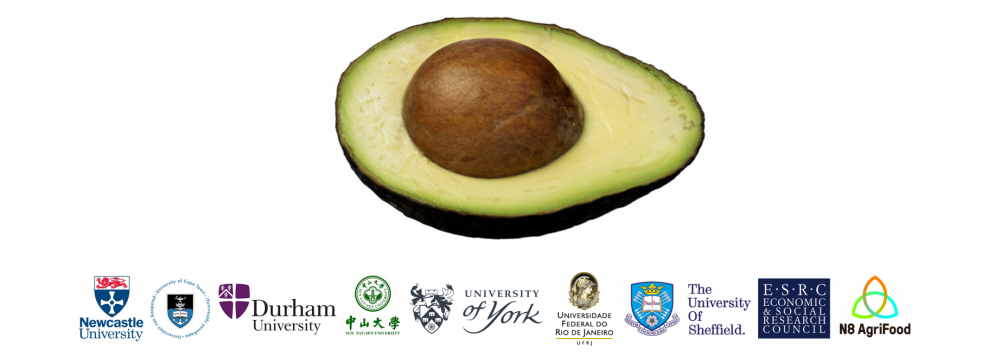by Longie Wang
Despite being hotly debated in China, there is still no clear and explicit definition of what count as middle class in China. Different from the Western opinion, Chinese seem not willing to regard them as middle class based on economic status, they tend to define them from a sociocultural perspective. And this is why they (although economically belong to middle class according to the 50000$-500000$ asserts criteria, which account for 20.1% of the whole population in 2015)(Introduction about middle class in China; Tsang, Y H, 2014) feel middle-classfied when the mainstream media present an economical classification. This means, in China, most people do not have a consciousness of regarding themselves as a specific class. Moreover, middle class is simply a concept “constructed” and promoted by the advertisement and media to facilitate the marketing. So it is a cultural marker mainly used to symbolize a west lifestyle and consumerism, and it would be more appropriate to utilize a sociocultural perspective to analyze this group (Tsang, Y H, 2014; Wu Xiaobo, 2017; Zeng & Go, 2013).
We think that the situation with the Chinese new middle class goes beyond the taste, habitus and field in Bourdieu’s French-centred work(Bourdieu, 2005). In China, class positions are tied to economic, cultural, political, and social capitals (formed through guanxi network). All of these capitals follow the mode of consumption that acts as a normative mechanism and also demarcates the tastes shared by the same group inside a relatively similar class boundary (Tsang, Y H, 2014; Zeng & Go, 2013). The everyday social and cultural practices seen in China today exhibit a form of heterogeneity and such a heterogeneity (or fragmentation) challenges the traditional concept of class. Class should now be understood in the repertoire of sociocultural terminology because the case of China shows that lifestyles and consumption patterns work to define the class boundary of the Chinese new middle class (Tsang, Y H, 2014).
We argued that as yet there is no real and definite middle-class culture in China. The young generation are increasingly becoming more individualised, Westernised (However, some of them are more ethnocentric), and independent and they show no strong class awareness and culture as the members of the Chinese new middle class. Instead, they tend to show a high degree of anxiety and uncertainty about the future (Introduction about middle class in China; Tsang, Y H, 2014; Wu Xiaobo, 2017). The emerging ‘Chinese new middle class’ departs from the standard developmental pathways displayed by Western-oriented middle-class theories (Bourdieu, 2005). The new class emerging in China is more diversified and heterogeneous than its equivalent in most Western societies would be.
The cultural and social identification of the Chinese new middle class operates mainly through cultural practices and consumption patterns (Tsang, Y H, 2014; Zeng & Go, 2013). With a rise in standards of living, it is argued, Chinese people’s consumption and lifestyles rather than their occupation and ownership play an increasingly important role in shaping one’s social attitudes and behaviour. In the consumer revolution that is happening in China today, using branded products, wining and dining, and various other entertainment practices are a distinctly public phenomenon. The consumption of fashionable commodities is the key element whereby the Chinese new middle class creates new public spaces for the images of the Chinese new middle-class membership. The new public space is a consumer space of commoditised objects, services and information. Consumption serves as a very important cultural aspect of class analysis in post-reform China. Consumer goods are the new social currency. For the new Chinese middle class, consumer goods are necessary both as an element of claim and as a new communicative medium. Consumption and trend-chasing are no longer options but are now necessities in China. Mutual tastes, lifestyles, and consumption practices form the new class boundary and the means of admission (Tsang, Y H, 2014). Consumption practices form a circle of class distinction by incorporating class privileges into the cultural spaces. However, this consumption ethos does not constitute a form of class consciousness in the Western sense and there is no evidence of internal differentiations of distinction that are an important feature of Bourdieu’s own account of class reproduction of the middle class (Goodman, 2016).
References
Bourdieu, Pierre. (2005). Distinction: a social critique of the judgment of taste (2de2). Harvard University Press.
Goodman, D. S. G. (2016). Locating china’s middle classes: social intermediaries and the party-state. Journal of Contemporary China,25(97), 1-13.
Introduction about middle class in China https://wenku.baidu.com/view/68c092635b8102d276a20029bd64783e09127da7.html?rec_flag=default&mark_pay_doc=1&mark_rec_page=1&mark_rec_position=3&mark_rec=view_r_1&clear_uda_param=1
Tsang, Y. H. (2014). The new middle class in China : consumption, politics and the market economy. Palgrave Macmillan.
Wu Xiaobo(2017) http://city.cri.cn/20171228/8dcb9c3d-1984-cda5-f81f-1dea5aa22c9a.html
Zeng, G. J., & Go, F. (2013). Evolution of middle-class chinese outbound travel preferences: an international perspective. Tourism Economics,19(2), 231-243.
